
- Homepage
- Age
- Brand
- Conflict
- Scale
- Theme
- Type
- Action Figure (55)
- Badge (5)
- Coat (3)
- Field Gear (5)
- Hat (48)
- Hat / Cap (19)
- Helmet (13)
- Historical (2)
- Katana (9)
- Medal (4)
- Medals & Ribbons (2)
- Model Kit (2)
- Personal Gear (6)
- Plastic Models (2)
- Scale Model (2)
- Shoes (2)
- Swords (5)
- Uniform (6)
- Uniform / Clothing (12)
- Waterline Battleship (2)
- ... (3943)
WW II Imperial Japanese Navy Aircraft DIVE BRAKE SECTION RELIC D4Y JUDY
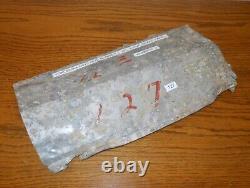
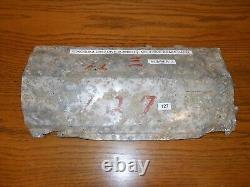
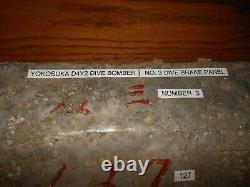
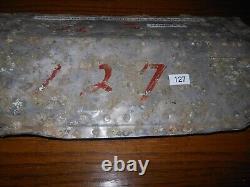
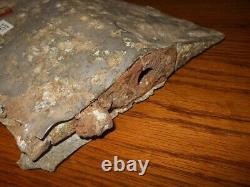
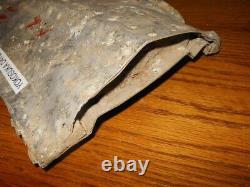
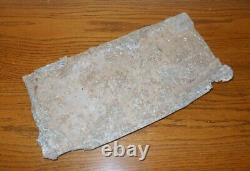
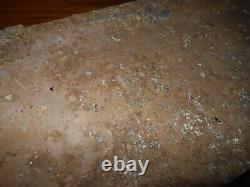
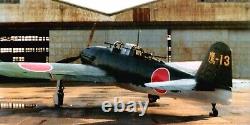


Sadly, there is no history on the loss. Suisei, "Comet", Allied reporting name "Judy" is a two-seat carrier-based dive bomber developed by the Yokosuka Naval Air Technical Arsenal and operated by the Imperial Japanese Navy from 1942 to 1945 during World War II. Development of the aircraft began in 1938. The first D4Y1 was complete in November 1940 and made its maiden flight at Yokosuka the following month. While the aircraft was originally conceived as a dive bomber, the D4Y was used in other roles including reconnaissance, night fighter and special attack (kamikaze).
It made its combat debut as a reconnaissance aircraft when two pre-production D4Y1-Cs embarked aboard the Soryu to take part in the Battle of Midway in 1942. It was not until March 1943 that it was accepted for use as a dive bomber. The early D4Y1 and D4Y2 featured the liquid-cooled Aichi Atsuta engine, a licensed version of the German Daimler-Benz DB 601, while the later D4Y3 and D4Y4 featured the Mitsubishi MK8P Kinsei radial engine. Like many other Japanese aircraft of the time, the D4Y lacked armor and self-sealing fuel tanks and it was not until the final variant, the D4Y4, that the aircraft was given bulletproof glass and armor protection for the crew and fuel tanks. Nevertheless, the D4Y was one of the fastest dive bombers of the war, particularly the D4Y4 whom Max Gadney said was the "fastest dive-bomber of World War II" and that it was "faster than the Zero" if RATO equipped.Only the delays in its development hindered its service while its predecessor, the slower fixed-gear Aichi D3A, remained in service much longer than intended. Famously, a D4Y was used in one of the final kamikaze attacks in 1945, hours after the surrender of Japan, with Vice Admiral Matome Ugaki in the rear cockpit. Made of lightweight aluminum, this section is a SUPERB example. It is in AMAZING relic condition, and retains 95% of it's original shape and structure!
Some minor traces of original paint, but does feature some slight corrosion due to the age. Some marks and bends, but it does not detract from the appearance.This section is the #3 Dive Brake Panel from the left wing. Also has some Kanji writing. Measuring approx 7" x 15" in size, it is a one-of-a-kind item which would make an FANTASTIC addition to any collection or display! Most of my items are vintage, and as such are AS-IS, so you must therefore expect a degree of wear due to age and/or usage. Although my passion is the Me109, I do offer many other German Aircraft Fw190, Me262, etc.
, as well as USAF and Japanese items. Occasionally I do offer many non-vintage items such as prints and art relating to the time period. Use is solely based on my authorization only. Powered by SixBit's eCommerce Solution.
